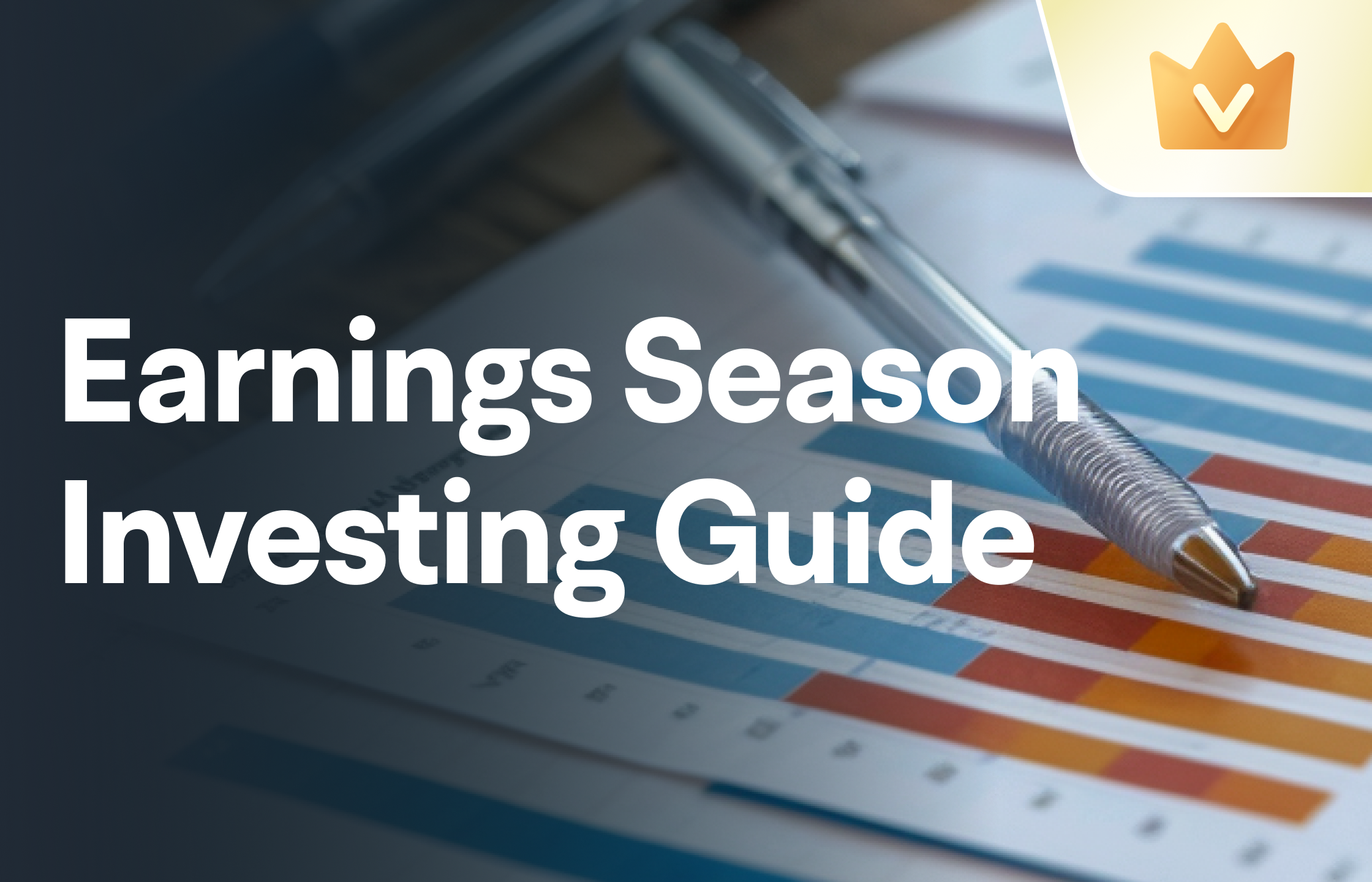Market views suggest that in Brazil, effective rainfall and pressure from soybean harvesting will lead to a decline in soybean prices, and with the USDA monthly report released, the overall impact is as follows, please read the full article for more details.
Recently, after the USDA's October supply and demand report was released, soybean meal and rapeseed meal both experienced a certain degree of decline. The soybean meal 2501 contract broke below the key level of 3000, falling over 5% from the recent high of 3177 to 2958 yuan/ton as of 10:15 on the morning of October 14th. The rapeseed meal 2501 contract dropped over 6% from the recent high of 2648 to 2410 yuan/ton by 10:15 on October 14th morning.


Soybean meal
In the USDA's October supply and demand report, the global soybean production for 2024/2025 was reduced by 0.28 million tons to 0.42892 billion tons. The soybean production in the highly anticipated South American countries Brazil and Argentina remained unchanged at 0.169 billion tons and 51 million tons respectively, further solidifying expectations of a bountiful global soybean harvest.
 In addition, according to the latest report released by the USDA, as of the week ending October 6, the soybean harvest rate in the USA was 47%, higher than the market's expected 44%, and compared to 37% in the same period last year, indicating that the soybean harvest progress in the USA is relatively smooth.
In addition, according to the latest report released by the USDA, as of the week ending October 6, the soybean harvest rate in the USA was 47%, higher than the market's expected 44%, and compared to 37% in the same period last year, indicating that the soybean harvest progress in the USA is relatively smooth.
According to the analysis by Shenwan Hongyuan Futures, the overall impact of the USDA's October Supply and Demand Monthly Report is neutral to bearish. With Brazil expecting effective rainfall and pressure from soybean harvest in the USA leading to a decline in soybeans, putting pressure on domestic meal prices, it is expected that soybean meal will mainly run weakly in the short term.

Through the soybean meal monitoring tool - the Production Area Weather Overview feature (experience it now), we found that most areas of Brazil will see an increase in rainfall in the next 10 days. Previously abnormal weather may alleviate the negative impact on soybean planting in Brazil.

But in addition to weather forecasts, we also need to pay attention to the Soybean Meal Monitoring Tool - Soil Moisture and Drought Pressure Index feature, continuously monitoring the soil and drought conditions in the main soybean producing areas with quantitative data in order to more accurately track the impact of abnormal weather on crops.
The soil moisture in Brazil's central-west region: As of October 11, 2024, the soybean soil moisture is 0.16111, lower than 0.1926 in 2023, lower than 0.20701 in 2022, lower than 0.1939 in 2021, lower than 0.16919 in 2020, lower than 0.18216 in 2019, lower than the 5-year average of 0.1890. Although the soil moisture is still relatively low compared to the level of the past five years, there are signs of returning to the normal range, indicating some relief of soil drought conditions due to rainfall.

Southern Hemisphere Drought Pressure Index: As of October 13, 2024, the Southern Hemisphere soybean drought pressure index reached 5.66978, compared to 4.32518 in the same period last year, within a 5-year range (2.8387-5.1933). The Southern Hemisphere soybean drought pressure index is still relatively high but approaching the upper limit of the 5-year range.

Rapeseed meal
Guolian Futures oilseed analyst Su Yajing analyzed that rapeseed meal is facing three bearish aspects:
First, the increase in soybean meal imports may partially offset the impact of reduced rapeseed imports.
Second, after the rise in soybean meal prices, the shrinking volume of transactions, combined with gradually cooling weather, a decrease in aquatic feed intake, transitioning to the off-season of aquaculture, and expectations of reduced demand for soybean meal.
Third, the current low price difference between soybean meal and rapeseed meal. If the current price difference level is maintained, then after the decrease in demand for aquatic products, it will be difficult for soybean meal to open up the poultry and pig feed markets. Therefore, soybean meal must seek to widen the price difference with soybean meal. As a result, soybean meal is expected to be weak in the short term, while attention still needs to be paid to the enforcement of China's anti-dumping policy on Canadian rapeseed, and the impact on rapeseed and soybean meal supply in the medium to long term.

 另外,根据USDA发布的最新报告显示,截至10月6日当周,美国大豆收割率为47%,高于市场预期的44%,去年同期为37%,这表明美豆的收割进展比较顺利。
另外,根据USDA发布的最新报告显示,截至10月6日当周,美国大豆收割率为47%,高于市场预期的44%,去年同期为37%,这表明美豆的收割进展比较顺利。